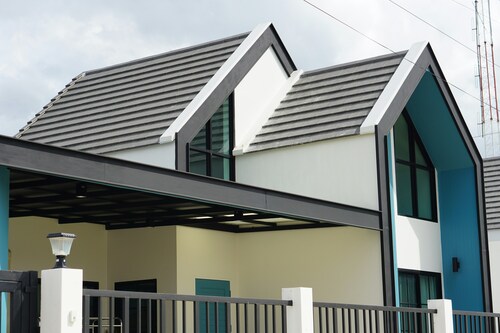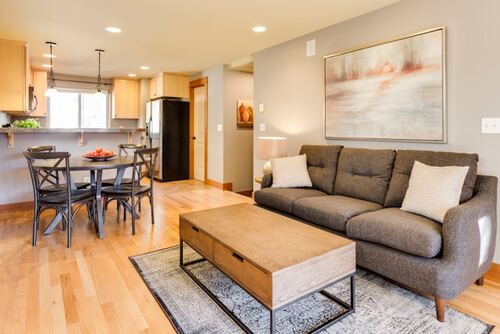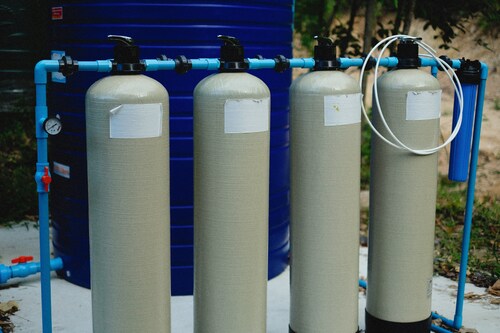In recent years, the use of ductless mini-split systems for indoor temperature regulation has increased. In areas like Denver, Colorado—where seasonal shifts can be significant—these systems are becoming more common in residential properties. Due to their adaptable features, ductless mini-splits are used in both older homes and newly constructed buildings.
Ductless Mini-Split Uses in Denver Homes
Ductless mini splits in Denver, CO, are installed in various types of residences for several practical reasons. These provide localized climate control and do not require ductwork, which may be relevant in certain housing conditions. Denver’s varied climate—characterized by hot summers, cold winters, and rapid temperature changes—often requires flexible climate control solutions.
Ductless mini-splits are configured to respond to these seasonal shifts through both heating and cooling functions. They are suitable for year-round use in single-family homes and multi-unit dwellings across the metro area. The following sections outline five factors contributing to their growing use in this region.
- Energy Use and System Design
Ductless systems are designed without ducts, which can reduce the energy loss typically associated with ducted HVACs. They use individual air handlers connected to an outdoor unit, allowing zone-based temperature management. Depending on usage patterns and occupant preferences, this zoning can enable a more tailored operation across different rooms.
- Suitability for Varied Home Structures
Denver’s homes vary widely in architecture, including historical buildings, modern units, and multi-family dwellings. Ductless ACs can be installed without extensively altering the existing structure, which may be relevant for buildings that lack ductwork or where structural modifications are not feasible. This installation method allows system placement in spaces that may be difficult to reach with traditional HVAC configurations.
- Installation Requirements
Installing a ductless mini-split generally involves connecting one or more indoor air-handling units to an outdoor condenser through a small conduit. The procedure typically does not require major structural changes. Depending on the layout of the home and the number of zones being installed, the duration and complexity of the installation can vary.
- Air Filtration Features
Many ductless systems include built-in filtration components that target airborne particles. This can consist of filters aimed at dust, allergens, and microbial matter. The absence of centralized ductwork reduces areas where contaminants typically accumulate and circulate in conventional HVAC systems, which may have implications for indoor air cleanliness depending on household conditions.
- Functionality in Varying Weather Conditions
Denver experiences a broad range of temperatures throughout the year, including both cold winters and hot summers. Ductless systems often include both heating and cooling functions, allowing year-round operation.
Inverter-driven models automatically adjust output levels based on indoor temperatures, providing continuous operation. Zone-specific control also permits different settings for individual rooms, which may be useful depending on occupancy and layout.
Why Rely on Professional Services
Across Colorado, several service providers offer support for ductless mini-split systems. Services may include consultation, installation, routine maintenance, and repairs. These offerings are typically structured to match the property’s specific needs, including sizing and placement. Providers may also assist with equipment upgrades or performance evaluations as part of long-term system care.
Some providers focus specifically on heat pump-based climate control systems in the Denver area. These services often cover both residential and light commercial applications and may include assistance with configuration, multi-zone setups, and energy code compliance. Options can vary based on building size, usage requirements, and installation conditions, with providers offering access to different equipment models to meet diverse operational needs.
Features like zone-specific control and structural flexibility are contributing to the growing presence of ductless mini splits in Denver, CO. These systems are used across a range of home types and are supported by regional services that assist with installation, maintenance, and system configuration. As housing trends and environmental conditions shift, adoption rates in the area may continue to develop.



